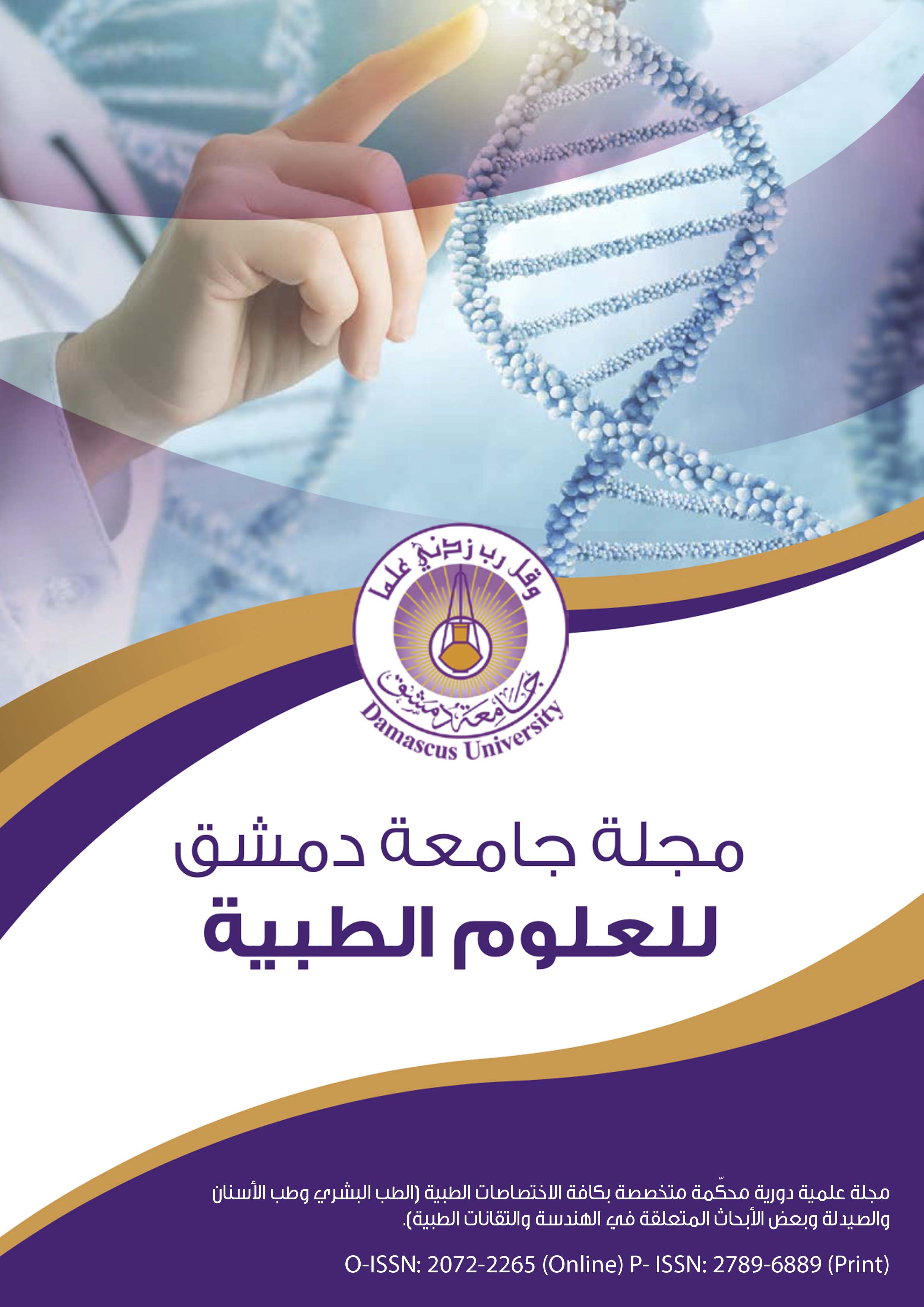Hydroimplantation versus ophthalmic viscosurgical devices for intraocular lens implantation
Keywords:
Hydroimplantation, Ophthalmic Viscosurgical Devices, Corneal Endothelium, Time, Intraocular PressureAbstract
Background/aims: To compare the results of intraocular hydroimplantation with the conventional use of ophthalmic viscosurgical devices.
METHODS: A prospective study conducted to evaluate intraocular lens implantation with or without ophthalmic viscosurgical devices in sixty-six eyes of sixty-six patients with cataract. The patients were divided into two groups, a first group A, in which the lens was implanted in hydroimplantation technic , and it included thirty-three eyes for thirty-three patients, and a second group B, and here methylcellulose technic was used, which included thirty-three eyes for thirty-three patients.
Results: Measurement of the density of corneal endothelial cells per square millimeter two months after surgery was in the hydroimplantation group with an average of 2332.39 cells/mm2 and an average decrease of 148.79 cells/mm2 and in the ophthalmic viscosurgical devices group the average numbers were 2234.94 cells/mm with an average decrease of 147.56 cells/mm², which represents 5.97% and 6.16% of the preoperative population for both groups, respectively. The average time spent from the stage of lens implantation to the end of surgery in the hydroimplantation group without using methylcellulose was 38.36 seconds, and in the second group the average time spent was 69.58 seconds. Best corrected visual acuity one week post-surgery is ten out of ten in all patients of two groups. Measuring intraocular pressure of the ophthalmic viscosurgical devices group showed an average increase in the day after surgery from 14.36 mm Hg to 15.09 mm Hg and the mean value decreased after two months to 13.03 mm Hg. While the hydroimplantation group showed a slight decrease in the average values from 14.18 mm Hg to 13.70 mm Hg the next day and this decrease continued after two months where the average was 13.05 mm Hg.
Conclusion: The cataract emulsification surgery with the hydroimplantation technic is safe for the corneal endothelium, and may contributes to saving time and money. It also has advantages in reducing exposure to the possibility of high intraocular pressure, especially in the hours following surgery.
Key Words: Hydroimplantation, Ophthalmic Viscosurgical Devices, Corneal Endothelium, Time, Intraocular Pressure.

